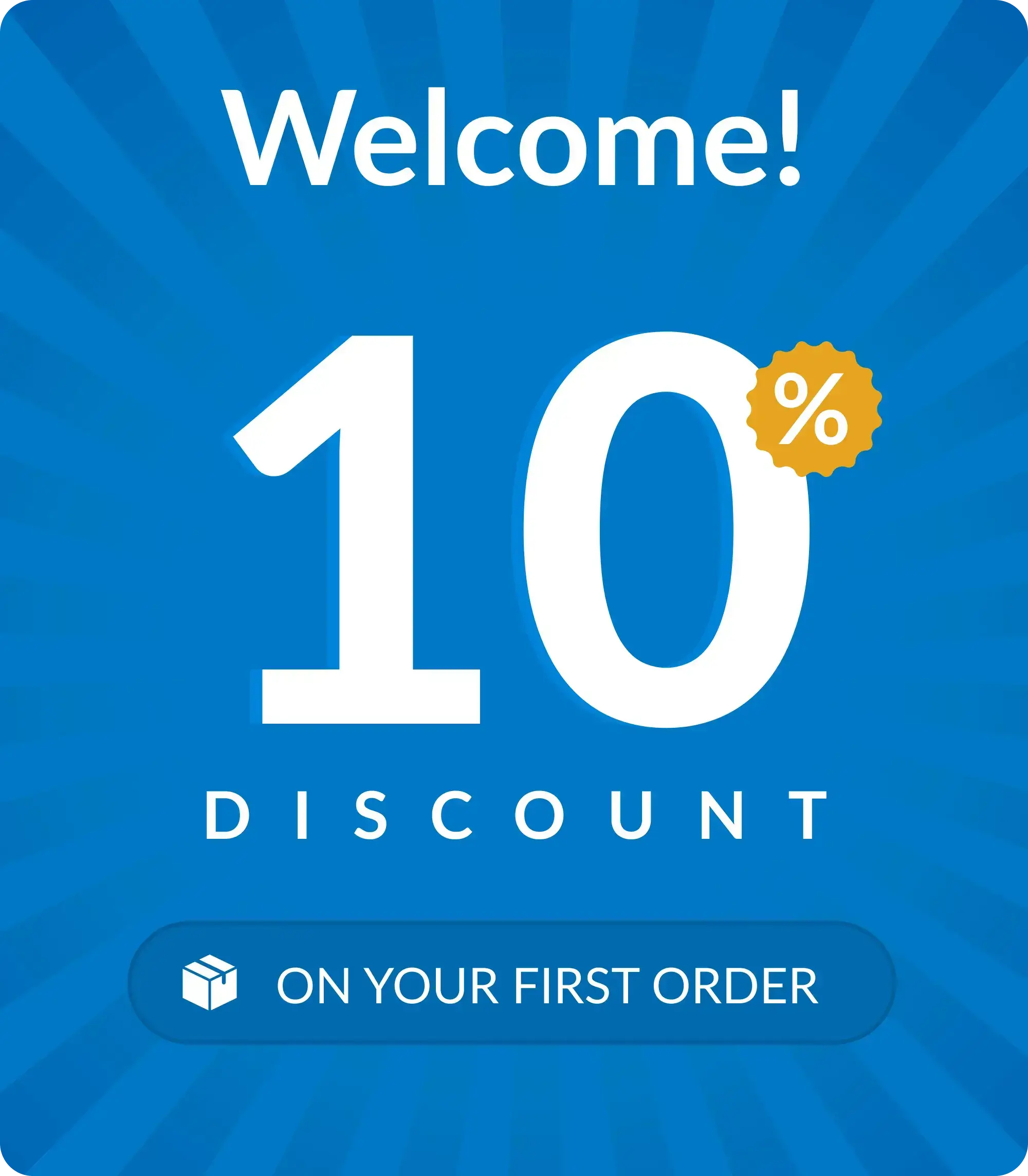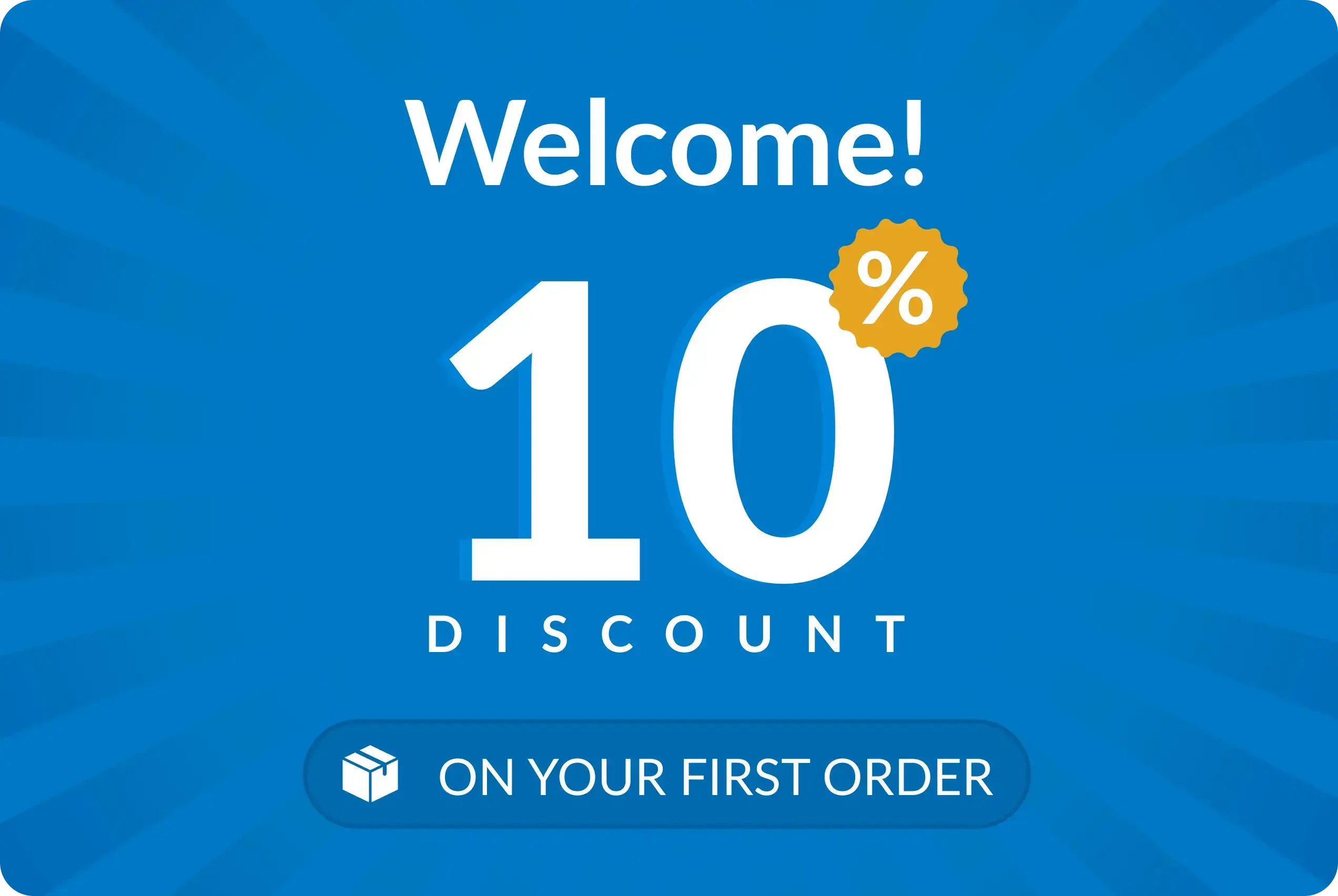Course Objectives
Recognize the importance of sending OSHA accurate records in a timely manner
Define work-related injuries and illnesses;Recognize recording criteria, including medical and non-medical treatment
Recognize incidents that require an immediate phone or online report to OSHA
Determine if employers must record and report an injury or illness
Distinguish between OSHA Form 300, OSHA Form 301 and OSHA Form 300A
Recall how to complete OSHA Form 300;
Recall how to complete OSHA Form 301
Recall how to complete OSHA Form 300A
Recall when and how to submit OSHA Form 300, OSHA Form 301 and OSHA Form 300A and how long to keep them in company records
Course Description
Accurate injury and illness recordkeeping and reporting can help your employer avoid costly fines from OSHA and can improve the information and data they use to make important decisions about workplace health and safety. Take this course to learn what to record and report and how to complete OSHA Form 300, OSHA Form 301 and OSHA Form 300A. Ideal learners are managers and employers.
Regulations/Board Approvals
OSHA 29 CFR 1904 Recording and Reporting Occupational Injuries and Illnesses
Osha Recordkeeping Training - An Overview
Recordkeeping is a key aspect of maintaining the swift functioning of any organization. Occupational Safety and Health Administration or OSHA recordkeeping training trains employees in accurate recordkeeping at workplaces. It equips workers to maintain records of injuries and illnesses to ensure compliance with OSHA’s guidelines. The course complies with OSHA 29 CFR 1904 recording and reporting rules and helps understand the rules of recordkeeping, forms and reporting procedures, and documenting case records.
Course Modules/Offerings
This OSHA recordkeeping training course offers a number of modules to ensure the participants are well-versed in all aspects of record keeping.
OSHA Recordkeeping Regulations
Learn in detail about data documenting and storing rules essential in understanding work-relatedness and exemptions.
Recordable And Non-Recordable Cases
Recognize the criteria for recordable and non-recordable incidents such as the difference between first aid vs medical treatment cases.
Procedure To Fill Recordkeeping Forms
Know about the procedures to fill OSHA recordkeeping forms like OSHA Form 300, OSHA Form 300A, and OSHA Form 301.
Reporting Of Severe Incidents
Learn about the 8-hour and 24-hour reporting requirements for cases of accidents, fatalities, hospitalization, amputation, and loss of an organ.
Record Retention And Employee Access
Acquire knowledge about how to store records for the retention period of 5 years and the rights of the employees to access OSHA logs.
Benefits Of The Course
Our OSHA recordkeeping training course offers numerous benefits for both organizations and employees.
Reduces Legal And Financial Risks
Maintaining proper records can help avoid liabilities such as costly lawsuits, penalties, and workers compensation frauds.
Streamlined Recording Process
The course teaches the employees to get their recording processes under one system and simplify compliance tasks for human resource executives, safety officers, and managers.
Assists With OSHA Inspection And Audits
Safeguards businesses and companies during OSHA visits and compliance checks and reduces stress by accurate recordkeeping.
Improved Workplace Safety
The need for recordkeeping to comply with OSHA’s workplace standards encourages employees and companies to early identification and mitigation of workplace hazards.
Enhances Organizational Reputation
Engaging in our OSHA recordkeeping training shows how committed you are to your employee health and safety.
Why Choose LearnTastic As Your OSHA Recordkeeping Training Provider?
Completing this course through LearnTastic provides several advantages for the participants, some of which include:
Continue Education Credits
The course provides you with 0.05 hours of continuing education training which can help you to advance in your career.
Convenient And Self-Paced Learning
so can be started, resumed, and completed from anywhere.
Our OSHA recordkeeping training course is designed for convenience and accessibility on mobile devices. With its self-paced format, you can complete it anytime from any location.
Expertly Designed Course Content
Our courses are carefully curated by experts and designed with attention to detail of meeting OSHA recordkeeping standards.
Easy Enrolment And Access
Signing up for our course is easy and quick without any hassle. We offer a user-friendly interface that is simple to understand and access.
Access To Support Resources
Access Availability of additional supporting resources like guideline handbooks and customer support assists you in the practical application of course knowledge.
Who Should Enroll For This Training?
Safety Personnel
Employees responsible for health and safety at their workplace should opt for this course to upskill themselves.
Compliance Professionals
Professionals like OSHA compliance officers need to have in-depth knowledge of recordkeeping guidelines.
Supervisors And Team Leaders
Managers and team leaders overseeing the accident cases on the worksite and the ones responsible for ensuring OSHA compliance should benefit from this course.
Office Administration And Recordkeepers
Workers handling documentation of workplace incidents and maintaining forms like OSHA 300, 300A, and 301 should be encouraged for this training.
Boards, Accreditations And Compliance
This course is nationally accepted and approved by OSHA 29 CFR 1904 for recording and reporting workplace incidents. It is provided in partnership with UL Solutions, a recognized symbol of trust, ensuring the training meets high-quality standards and regulatory compliance.
UL certification Marks serve as a recognized symbol of trust in our customers’ products.
See What Our Learners Are Saying
See what Others are Achieving Through Learning
Real stories. Real results. Here's how professionals across industries are growing with LearnTastic.
Frequently Asked Questions
-
 What are the requirements for OSHA recordkeeping training?
What are the requirements for OSHA recordkeeping training?
The key requirements of OSHA training recordkeeping include: maintaining records, posting records, providing copies of records, and using OSHA forms correctly.
-
 What is the new OSHA rule for recordkeeping?
What is the new OSHA rule for recordkeeping?
The new OSHA rule, effective from January 1, 2024, requires companies with over 100 employees in high-risk industries to submit detailed injury and illness reports electronically through OSHA form 300 and 301 annually.
-
 What are the new OSHA requirements for 2025?
What are the new OSHA requirements for 2025?
The first new important requirement by OSHA for 2025 is a comprehensive heat and illness prevention rule that aims to protect workers from the hazards of extreme heat. The second requirement is a properly fitted Personal Protective Equipment requirement rule for construction workers.
-
 What are the OSHA rules for recordable records?
What are the OSHA rules for recordable records?
The OSHA rules for recordable records require employers to record work-related injuries and illnesses that result in death, days away from work, restricted work, transfer to another job, medical treatment beyond first aid, and loss of consciousness.





















